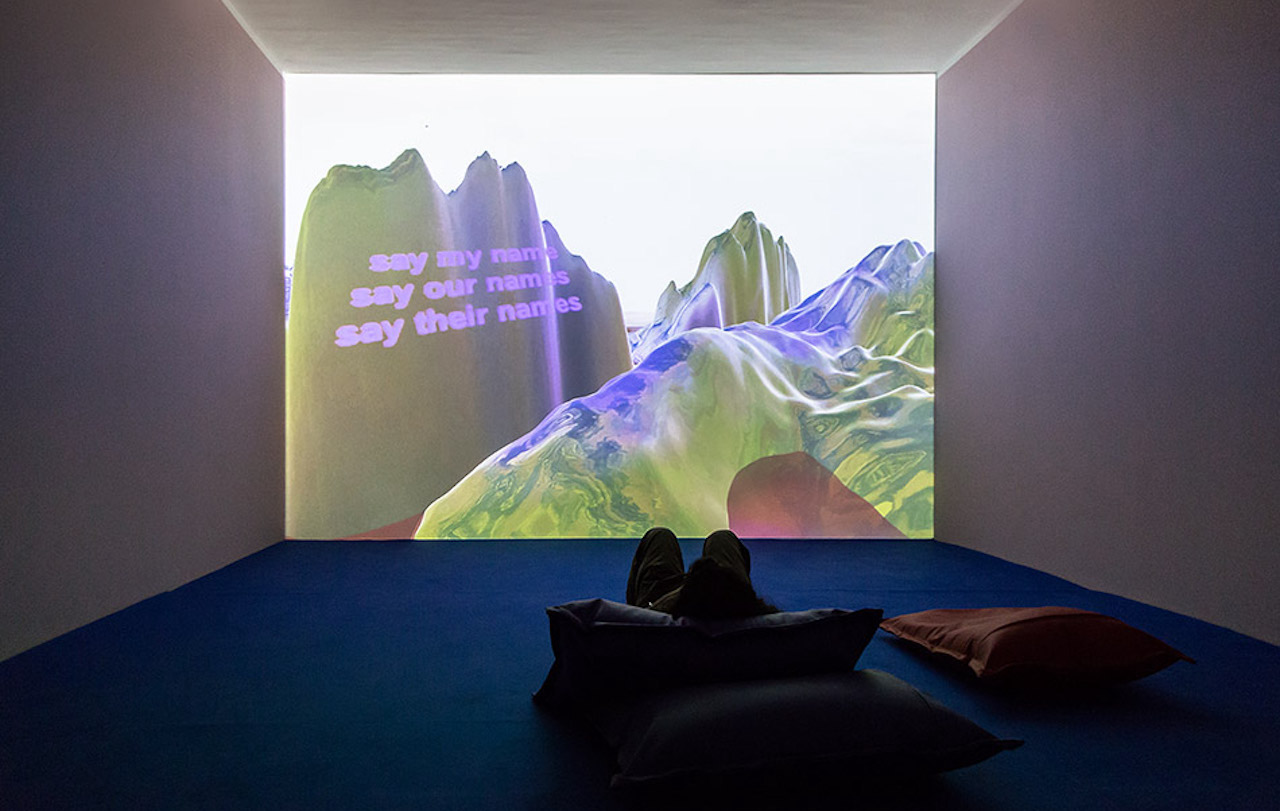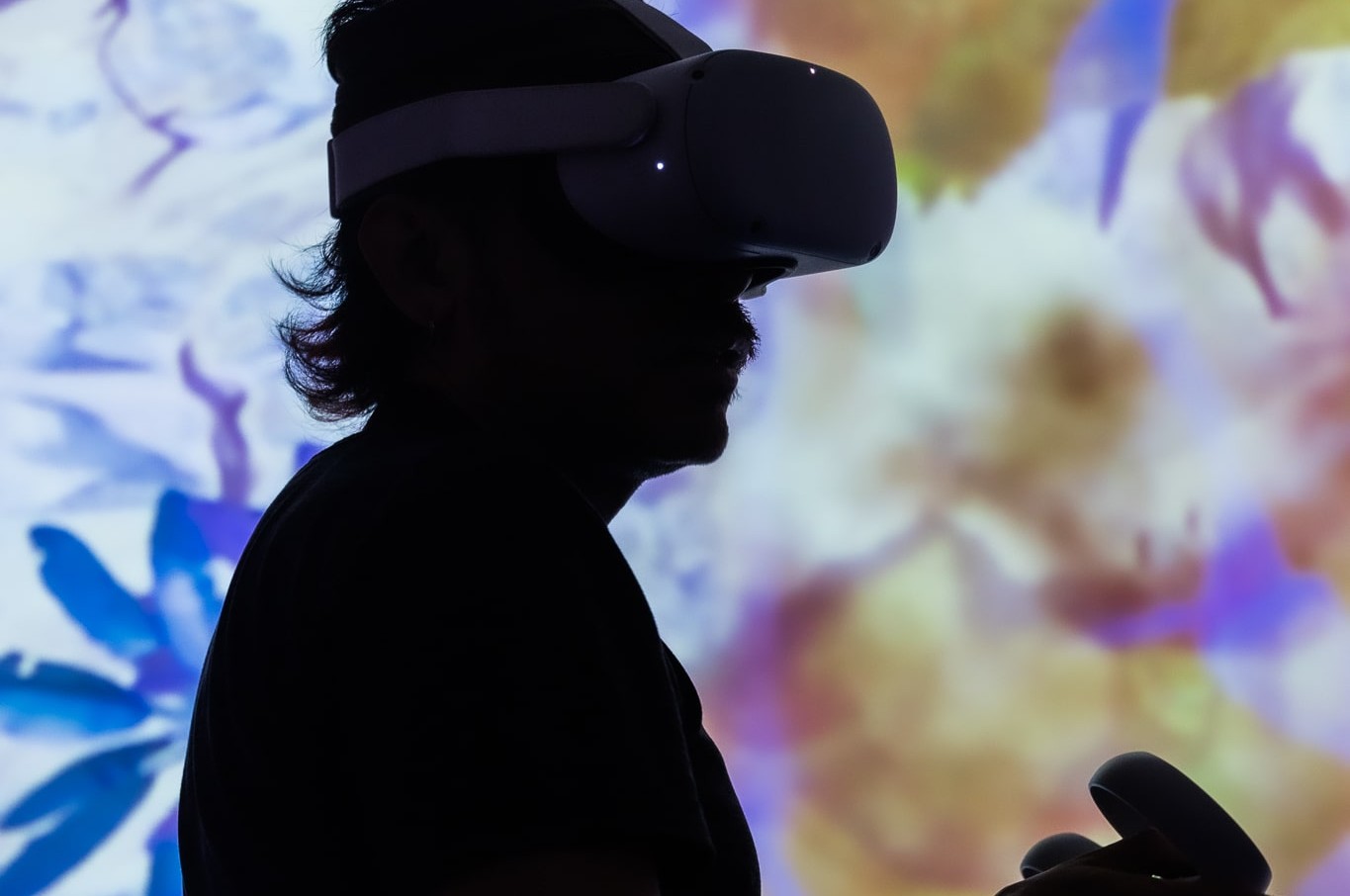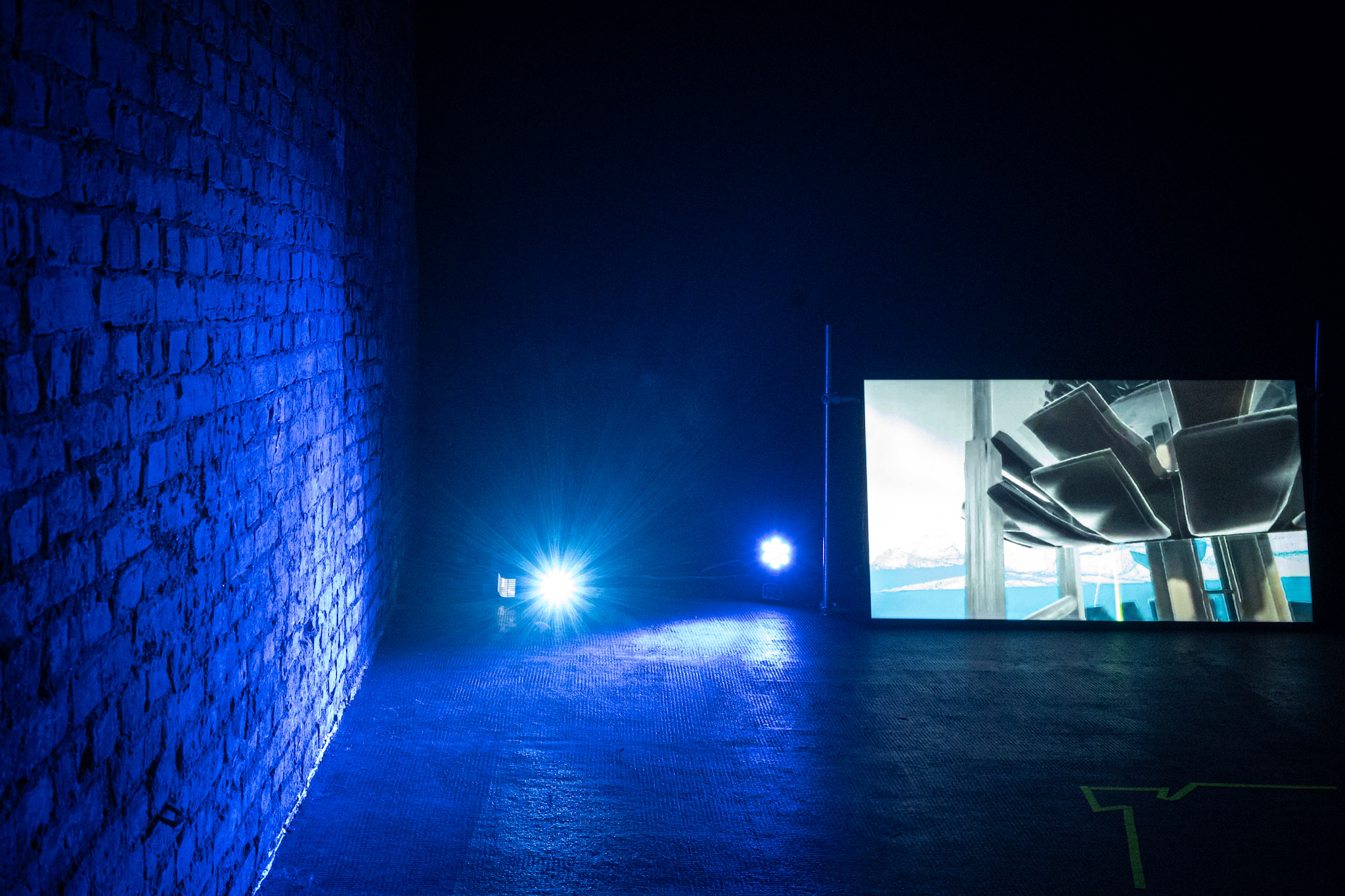Treffpunkt: der Vulkan (Azahar, Admiral und Lazy_fairy)



︎︎︎
︎︎︎Programme
︎︎︎Trailer
[EN] Meeting point: the Volcano (Azahar, Admiral and Lazy_fairy) [VN] Gặp nhau nơi miệng núi lửa
(Azahar, Admiral
và Tiên_làm_biếng)Two-channel Video Installation with VR activations.
10:00 mins
2022
Three fictional characters explore their personal experiences with the "welcome culture" in Germany and discuss strategies for survival against institutional powers. They propose using an intersectional feminist lens to create fairytales that serve emancipation and transformation, and consider how to build a sustainable and supportive system for POC/FLINTA* in exile.
From time to time, Admiral (Sedawi), Azahar (Al Kayal) and Lazy_Fairy (Lương) offer visitors the chance to step into their reality with VR glasses to embody the fourth character and immerse themselves in their mixed-reality stories.
The artwork is connected to lumbung in the sense that it examines the idea of collective storytelling and resource sharing in a virtual world. The artists also practice lumbung in their own work by collaborating with other artists and communities and creating a shared archive of stories and experiences. The artwork is part of the lumbung program during documenta fifteen, which features various events and activities that reflect the values and practices of lumbung.
From time to time, Admiral (Sedawi), Azahar (Al Kayal) and Lazy_Fairy (Lương) offer visitors the chance to step into their reality with VR glasses to embody the fourth character and immerse themselves in their mixed-reality stories.
© Cẩm-Anh Lương, Mayada Al Kayal, Batoul Sedawi
Courtesy the artist
Production Credits:Esra Sakalli – PhotogrammetryCẩm-Anh Lương – Conception, Video Editing, VR design
Mahmoud Ismail, Roland Sookias/EDDy Lab ULiège – 3D scanning
Edoardo Micheli – Music & Sound design
With thanks to: Nadira Husain, Noureddin Yassin, Shawn Wannapat
Inspired by the collective work The Super Empowered,
*foundationClass, nGbK, Berlin, 2020
Part ofdocumenta fifteen
June 18 - September 25, 2022Hafenstraße 76
34125 Kassel
Germany
Look up look carefully (Water tower / Wasserturm)



